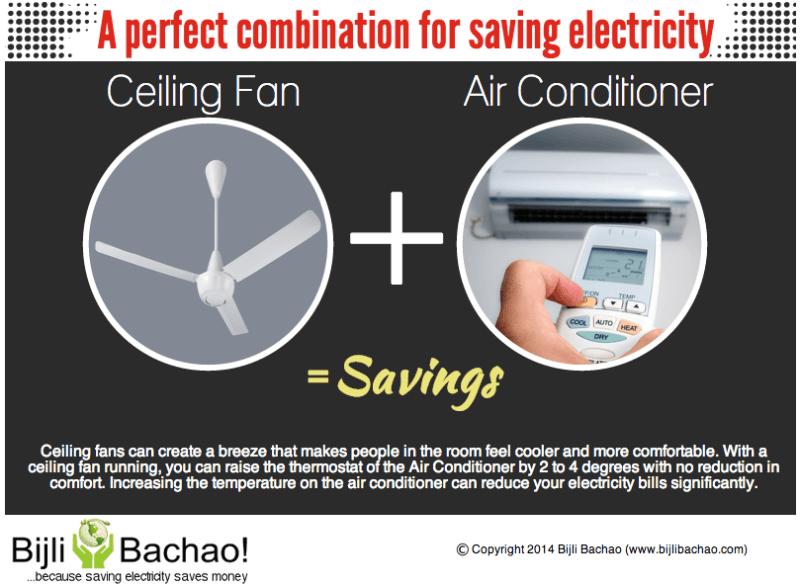The Ultimate Overview To Comprehending Heat Pumps - Exactly How Do They Function?
The Ultimate Overview To Comprehending Heat Pumps - Exactly How Do They Function?
Blog Article
Content By-Whitfield Singer
The very best heat pumps can save you substantial quantities of cash on power bills. They can likewise help reduce greenhouse gas exhausts, particularly if you use electrical energy instead of fossil fuels like lp and home heating oil or electric-resistance furnaces.
Heatpump function very much the like a/c unit do. https://www.ktnv.com/news/how-to-keep-your-ac-running-during-a-heatwave makes them a practical choice to standard electric home heating systems.
How They Work
Heat pumps cool down homes in the summer season and, with a little assistance from electricity or natural gas, they give several of your home's home heating in the wintertime. They're an excellent option for individuals who wish to lower their use of nonrenewable fuel sources however aren't prepared to replace their existing furnace and a/c system.
They rely upon the physical reality that even in air that seems also cold, there's still energy existing: warm air is constantly relocating, and it wants to relocate right into cooler, lower-pressure settings like your home.
A lot of power STAR accredited heatpump run at near their heating or cooling capacity throughout the majority of the year, reducing on/off cycling and conserving energy. For the very best efficiency, concentrate on systems with a high SEER and HSPF rating.
The Compressor
The heart of the heatpump is the compressor, which is additionally called an air compressor. This mechanical moving tool utilizes potential power from power production to raise the pressure of a gas by minimizing its volume. It is different from a pump in that it only deals with gases and can not deal with liquids, as pumps do.
Atmospheric air gets in the compressor with an inlet valve. It circumnavigates vane-mounted arms with self-adjusting size that separate the interior of the compressor, creating multiple dental caries of varying dimension. The blades's spin pressures these dental caries to move in and out of stage with each other, compressing the air.
The compressor reels in the low-temperature, high-pressure refrigerant vapor from the evaporator and presses it right into the hot, pressurized state of a gas. This process is duplicated as needed to provide heating or cooling as required. The compressor also includes a desuperheater coil that reuses the waste heat and includes superheat to the cooling agent, changing it from its fluid to vapor state.
The Evaporator
The evaporator in heat pumps does the very same point as it performs in refrigerators and air conditioning system, transforming liquid refrigerant into a gaseous vapor that gets rid of warmth from the room. https://holdenihcun.jaiblogs.com/56271455/making-the-most-of-comfort-and-savings-tips-for-optimizing-your-heat-pump-efficiency would certainly not work without this important piece of equipment.
This part of the system lies inside your home or building in an indoor air trainer, which can be either a ducted or ductless device. It consists of an evaporator coil and the compressor that compresses the low-pressure vapor from the evaporator to high pressure gas.
Heat pumps absorb ambient warmth from the air, and after that utilize electricity to transfer that heat to a home or service in heating setting. That makes them a lot extra power efficient than electric heating units or furnaces, and since they're using tidy electrical power from the grid (and not melting fuel), they also generate far fewer discharges. That's why heatpump are such fantastic ecological selections. (Not to mention a big reason why they're coming to be so popular.).
The Thermostat.
Heat pumps are great options for homes in chilly environments, and you can use them in mix with traditional duct-based systems and even go ductless. They're a great different to nonrenewable fuel source heater or typical electrical heating systems, and they're more sustainable than oil, gas or nuclear heating and cooling tools.
Your thermostat is one of the most important element of your heatpump system, and it functions extremely in a different way than a traditional thermostat. All mechanical thermostats (all non-electronic ones) job by utilizing materials that alter dimension with raising temperature, like curled bimetallic strips or the increasing wax in an automobile radiator valve.
These strips contain two different sorts of steel, and they're bolted with each other to develop a bridge that completes an electrical circuit linked to your cooling and heating system. As the strip obtains warmer, one side of the bridge increases faster than the other, which creates it to bend and signal that the heating system is required. When the heat pump is in home heating setting, the reversing valve reverses the circulation of refrigerant, to make sure that the outside coil now operates as an evaporator and the indoor cyndrical tube ends up being a condenser.